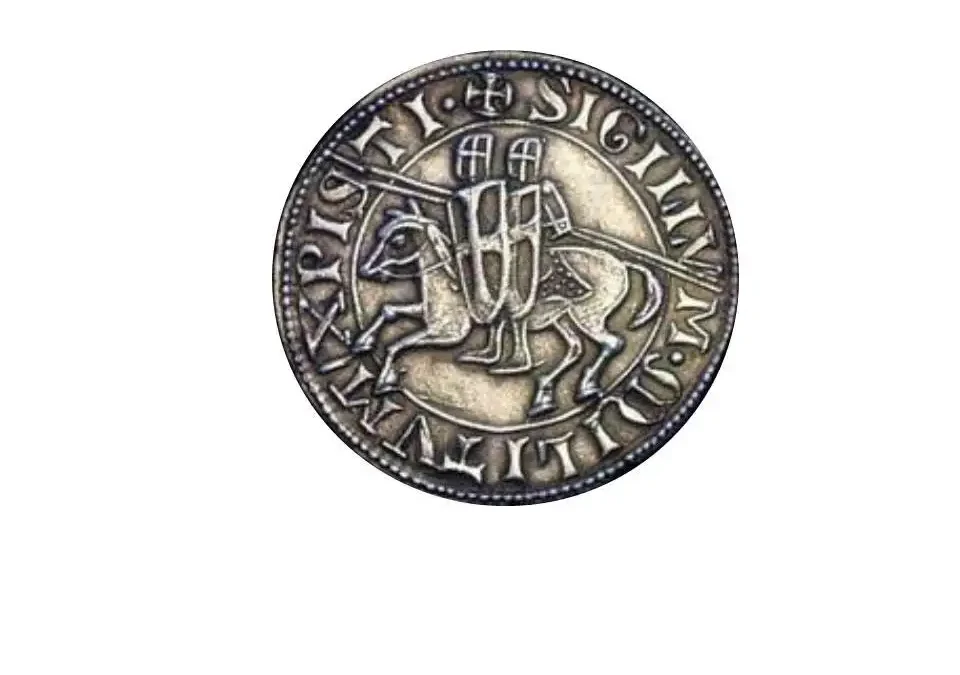
Sharing below quick thoughts on development funding models and sustainability, and on the next grant request, with the hopes that my incentive biases do not contaminate my thought process too much:
- DAGKNIGHT (DK) was an academic effort by Sutton and myself, conceived on the New Year of Trees,¹ and released to the open three years later, on the 14th anniversary of Satoshi’s WP release. As its birth-givers, we obviously wish to observe its impact on real-world systems, and it doesn’t get more real than Kaspa. The protocol still requires some (presumably, our) attention before standing on its own feet, and we detailed the main TODOs in KIP #2.
- One operation mode would be to work on this for the sole sake of bringing our research into fruition, in “weekend project” mode, with no other incentive in play. This path is perhaps the default one in the gift culture of open-source, indeed one which DAGlabs RIP converged on when releasing Kaspa mainnet with neither a premine nor a heads-up on mining nor any founders’ rewards or the likes.
- Another operation mode, popularized by Gitcoin, is to receive a grant from the community in exchange for code contribution, occasionally with some milestones or/and timeline commitment. This mode is the prevailing custom in Kaspa community, and accordingly, we are publishing today a grant proposal. The grant request is for 70 MKAS, which is ~0.5% of the circulating supply. For comparison, the previously funded grant was 100 MKAS, which was ~1% of the circulating supply.
My thought process here is to consider a hypothetical senior software engineer, Alice, with relevant domain expertise. When planning her path forward, Alice will seek either stability or opportunity, and in particular, will typically not consider a short-term day job for the same paycheck she’d receive for a long-term one. With this in mind, it makes little sense to denominate in USD deep-tech Kaspa grants (instability), rather they should be expressed in KAS terms (opportunity).
The same mental mode was behind the denomination of the previous grant in KAS, which was at the time greatly off the ballpark salary for the relevant devs. Hence the KAS denomination of this grant proposal too. The 0.5% ask seems reasonable to biased me, especially when benchmarked against the previous grant. - The community accepting the grant is by no means a necessary condition for having DK implemented on Kaspa — Sutton and I will attempt at implementing it regardless, since, again, there exists already a non-materialistic incentive for us to do so. However, since we are not saints, this will be done in our spare time with non-committal or unspecified timeline.
- A third operation mode, which exists in open-source environments, is to find a for-profit enterprise around an open-source layer, which naturally incentivizes the entity to allocate resources to further development of the kernel. E.g., IBM’s symbiotic relationship with Linux. This path has the highest potential for long-term sustainability, though, of course, a for-profit entity would have its own priorities, and thus the timeline for DK execution would remain equally ambiguous.
I imagine this model could more realistically materialize around smart contracts, which are in arm’s reach from financial innovation opportunities. In contrast, DK is strictly an infra development and has little to do with the app layer.
[1] More on trees’ new year here. We submitted a JIP to upgrade this holiday and include DAGs, but the committee couldn’t reach consensus.
